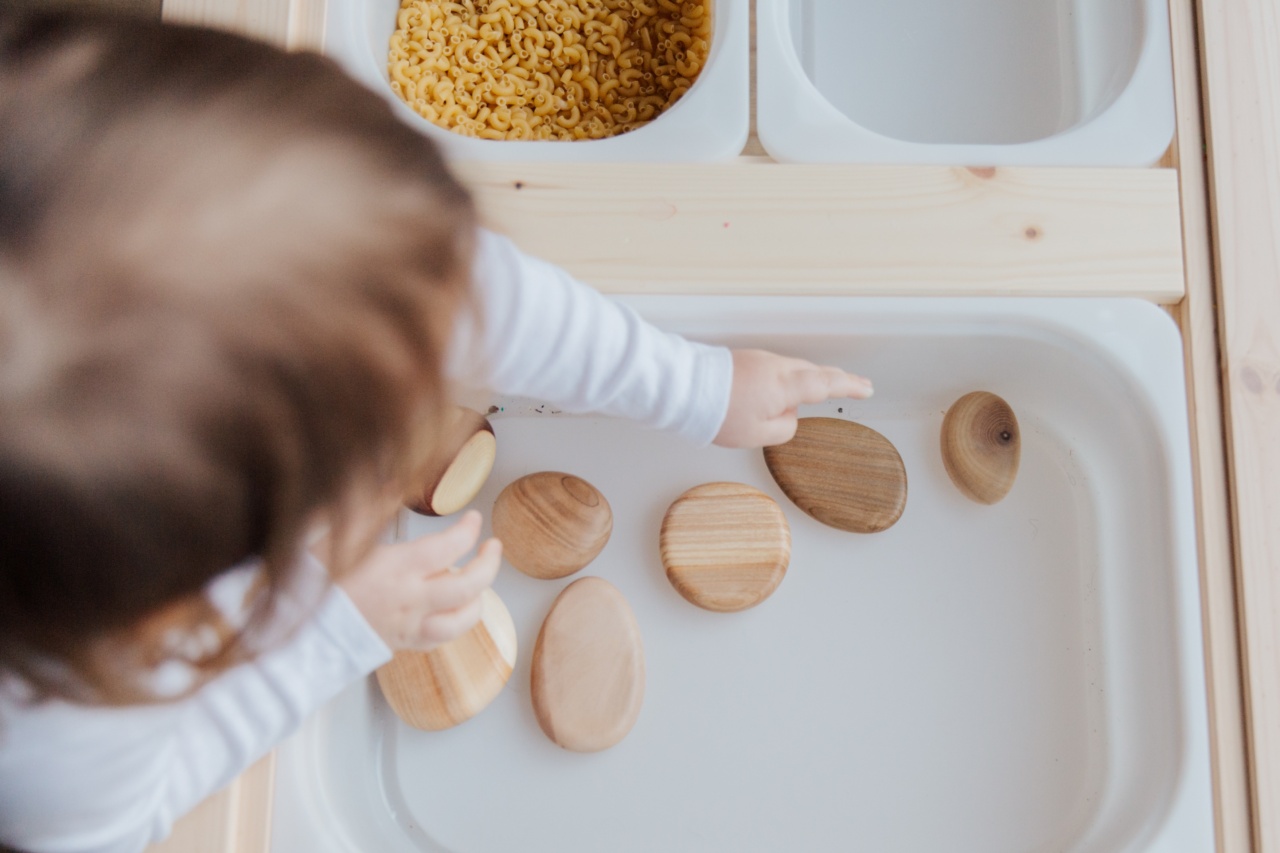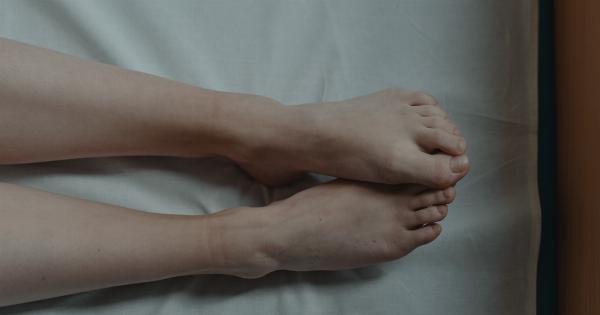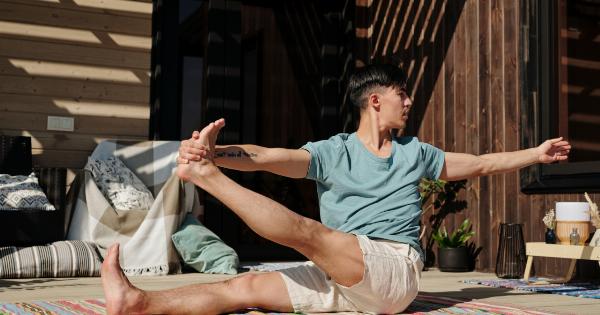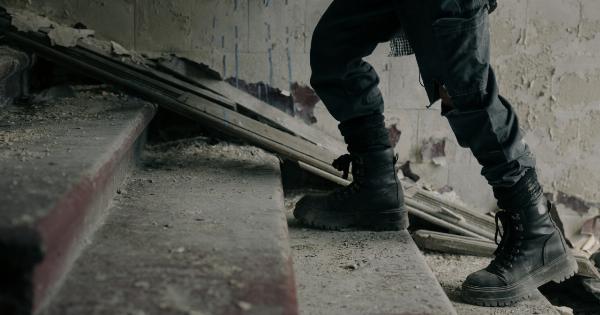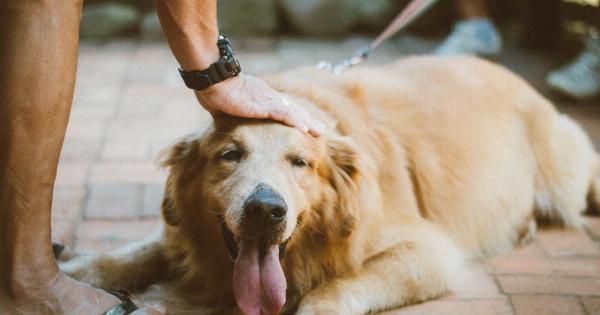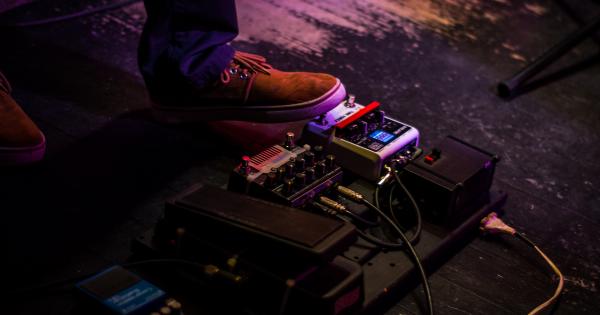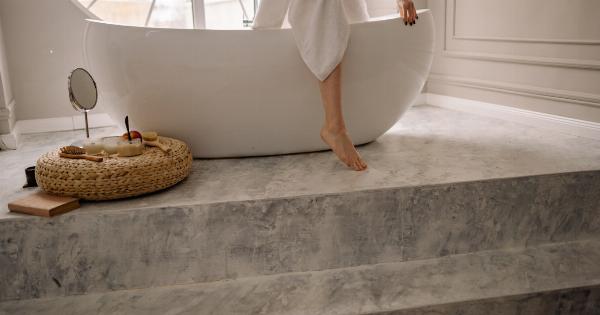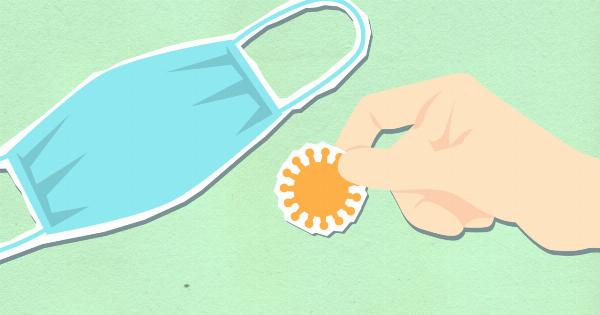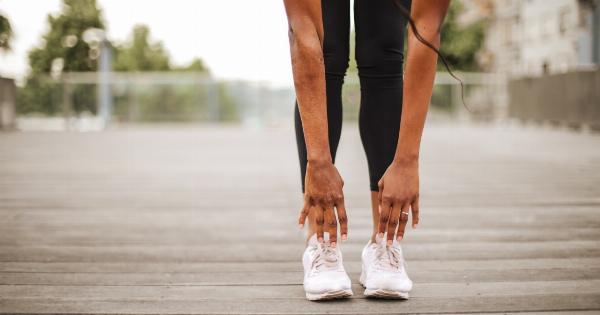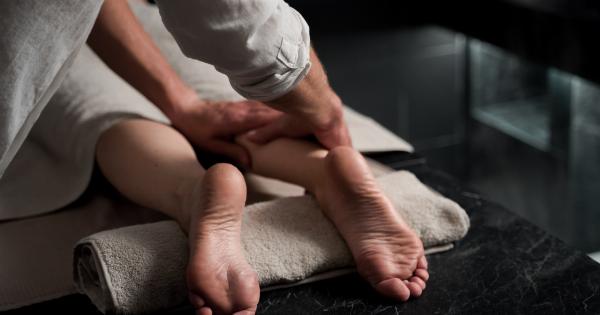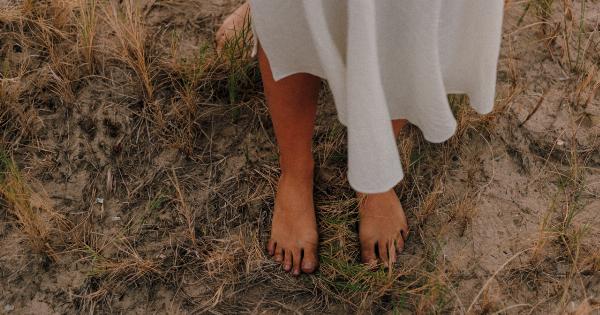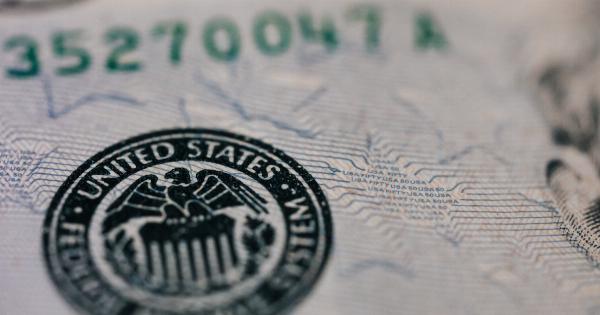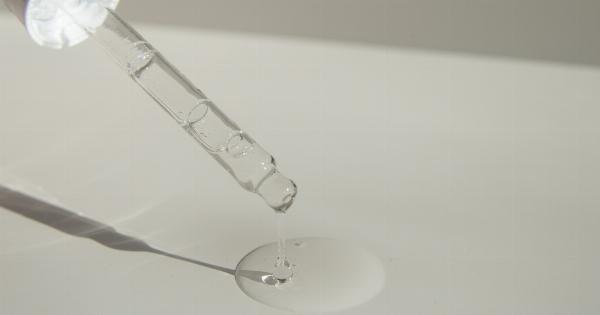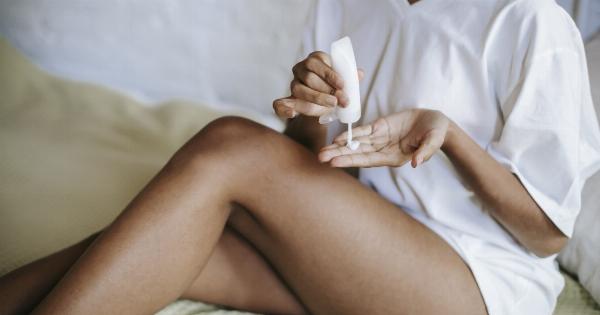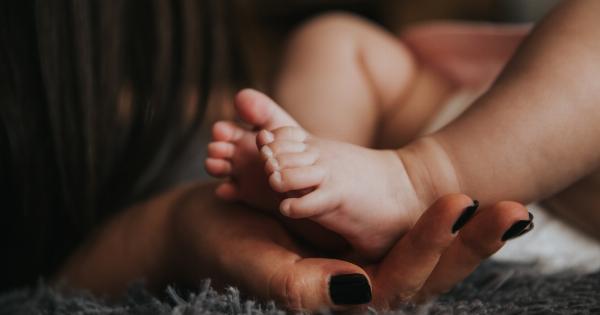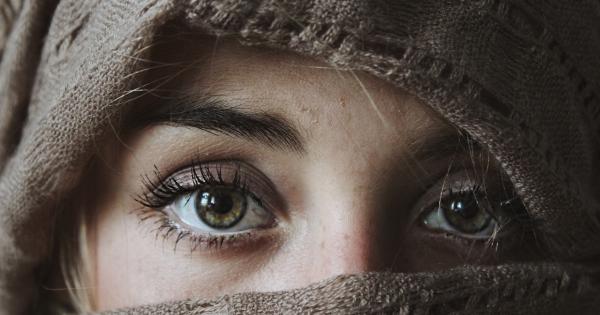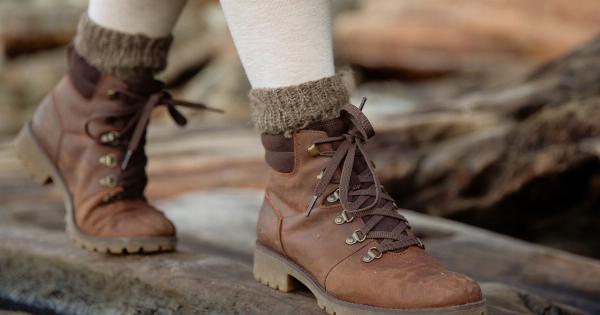Calluses are thickened areas of skin that form as a result of repetitive friction or pressure. They are most commonly found on the hands and feet, particularly in areas that are subject to constant rubbing or irritation.
While calluses are generally harmless, they can be unsightly and uncomfortable, and in some cases, they may cause pain or difficulty in performing everyday activities. In this article, we will explore the truth about calluses, their causes, and effective ways to get rid of them.
Causes of Calluses
Calluses develop as a natural defense mechanism of the skin against excessive pressure or friction. They are typically formed in response to activities or conditions that repeatedly stress the skin. Some common causes of calluses include:.
- Repeatedly using tools or instruments that create pressure on the hands, such as gardening tools or musical instruments.
- Wearing ill-fitting footwear, especially shoes that are too tight or have high heels.
- Participating in sports or physical activities that involve repetitive movements or rubbing of the skin, such as running or weightlifting.
- Walking barefoot or without adequate foot protection, especially on rough or uneven surfaces.
- Having certain foot deformities or abnormalities, such as bunions or hammer toes, that cause increased pressure on specific areas of the feet.
Understanding Callus Formation
When the skin is subjected to excessive pressure or friction, the outermost layer of the skin, known as the epidermis, becomes thickened and toughened to protect the underlying tissue.
This thickening process is a natural response that aims to prevent damage to the lower layers of the skin.
As more pressure or rubbing occurs, the thickened layer of skin becomes even more pronounced, resulting in the formation of a callus. The callus typically appears as a raised, hardened area that is often yellowish or grayish in color.
While calluses are most commonly found on the palms of the hands and the soles of the feet, they can also develop on other areas of the body, such as elbows or knees.
Potential Complications
Although calluses are generally harmless, they can sometimes lead to complications if left untreated or if they grow excessively. Some potential complications include:.
- Pain or discomfort: Large or thick calluses can cause pain or discomfort, particularly when pressure is applied to them or when walking.
- Corn formation: Corns are a type of callus that develops on the toes or between them. They often have a hard center surrounded by inflamed skin, causing pain and tenderness.
- Ulceration: In rare cases, constant pressure on a callus can lead to the development of an ulcer, which is an open sore that can become infected if not properly treated.
How to Get Rid of Calluses
Getting rid of calluses involves a combination of preventive measures and appropriate treatment. Here are some effective methods to help eliminate calluses:.
1. Soak and Exfoliate
Soaking the affected area in warm, soapy water for about 10-15 minutes can help soften the callus, making it easier to remove. After soaking, use a pumice stone or a foot file to gently exfoliate the thickened skin.
Be sure to avoid excessive rubbing or scraping, as this can cause irritation or damage to the healthy skin.
2. Moisturize Regularly
After exfoliation, moisturize the area with a suitable lotion or cream to help keep the skin soft and supple. Regular moisturization can help prevent the formation of new calluses and reduce the size of existing ones over time.
3. Use Callus Padding
If your calluses cause pain or discomfort, consider using callus pads or cushions. These are typically made of soft gel or foam and can be applied directly on the callus to provide cushioning and reduce pressure.
Properly placed padding can also help distribute body weight more evenly, relieving pressure on the affected area.
4. Wear Proper Footwear
One of the key factors in preventing calluses is wearing properly fitting footwear that provides adequate support and cushioning. Avoid shoes that are too tight or have narrow toe boxes, as they can increase friction and pressure on the feet.
Opt for shoes made of breathable materials and those specifically designed for your intended activities.
5. Address Underlying Foot Issues
If you have foot deformities or abnormalities, such as bunions, hammertoes, or high arches, addressing these issues can help alleviate pressure on specific areas of the feet and reduce the formation of calluses.
Consult a podiatrist for appropriate treatment options, which may include orthotic devices or corrective footwear.
6. Seek Professional Help
If your calluses are persistent, painful, or interfere with your daily activities, it is advisable to seek professional help from a healthcare provider or a podiatrist.
They can perform a thorough examination, recommend appropriate treatment options, and, if necessary, perform procedures such as callus debridement or trimming.
Prevention Tips
Preventing calluses is often easier than treating them. By following these simple tips, you can minimize the likelihood of developing calluses:.
- Keep your hands and feet clean and dry.
- Wear gloves when working with tools or performing activities that involve repeated hand movements.
- Wear cushioned socks and shoes that fit properly.
- Apply moisturizer regularly to keep your skin hydrated.
- Avoid walking barefoot on hard or rough surfaces.
- Take regular breaks during repetitive activities to allow your skin to recover.
The Bottom Line
Calluses are a common occurrence that can be managed effectively with proper care and attention. By understanding the causes of calluses and implementing preventive measures, you can minimize their formation.
If calluses do develop, following the appropriate treatment methods outlined in this article can help you get rid of them and prevent complications. Remember, if you have concerns or the calluses persist, it is best to consult a healthcare professional for further evaluation and advice.
